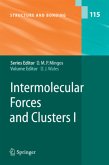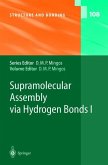Using the spin-Hamiltonian formalism the magnetic parameters are introduced through the components of the Lambda-tensor involving only the matrix elements of the angular momentum operator. The energy levels for a variety of spins are generated and the modeling of the magnetization, the magnetic susceptibility and the heat capacity is done. Theoretical formulae necessary in performing the energy level calculations for a multi-term system are prepared with the help of the irreducible tensor operator approach. The goal of the programming lies in the fact that the entire relevant matrix elements (electron repulsion, crystal field, spin-orbit interaction, orbital-Zeeman, and spin-Zeeman operators) are evaluated in the basis set of free-atom terms. The modeling of the zero-field splitting is done at three levels of sophistication. The spin-Hamiltonian formalism offers simple formulae for the magnetic parameters by evaluating the matrix elements of the angular momentum operator in the basis set of the crystal-field terms. The magnetic functions for dn complexes are modeled for a wide range of the crystal-field strengths.
"In keeping with the purview of the Structure and Bonding series, this volume is a critical review of magnetic funtions and the methodologies associated with calculation magnetic parameters, modeling magnetization, and predicting magnetic susceptibility. This topic is particularly timely, as a wide array of emerging technological applications are dependent upon magnetic behavior (including magneto-caloric materials and magneto-optical information storage devices), and spin-based spectroscopy (e.g. ESR) continues to help elucidate biological reaction mechanisms and characterize the structure and bonding of novel compounds."








